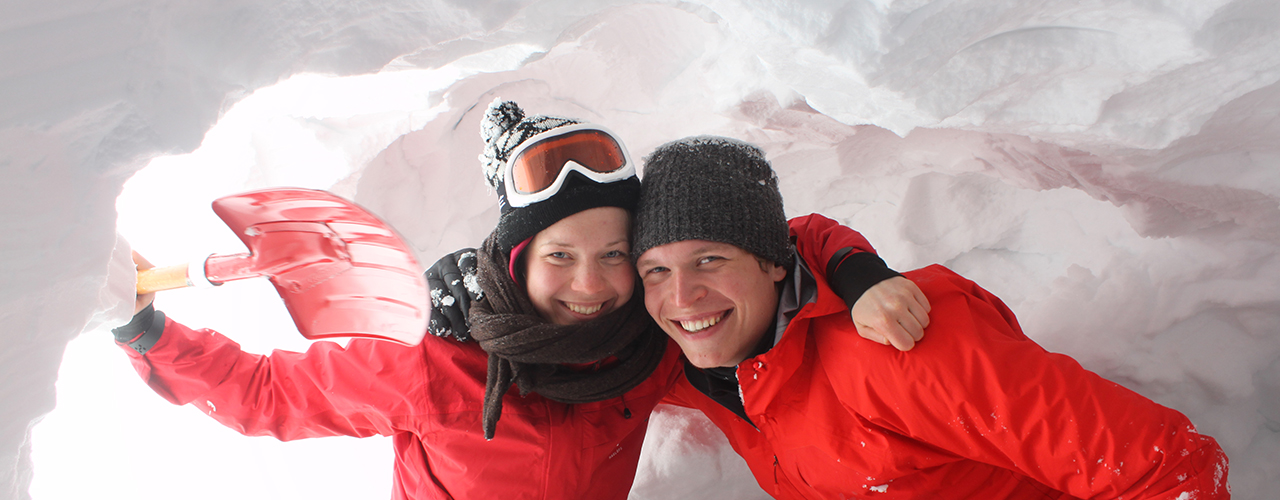Study trip
norway winterlands
Come along to Norway’s snowy winter landscape. We will spend our days skiing through the magnificent landscapes and come nightfall we will cozy up in cabins.
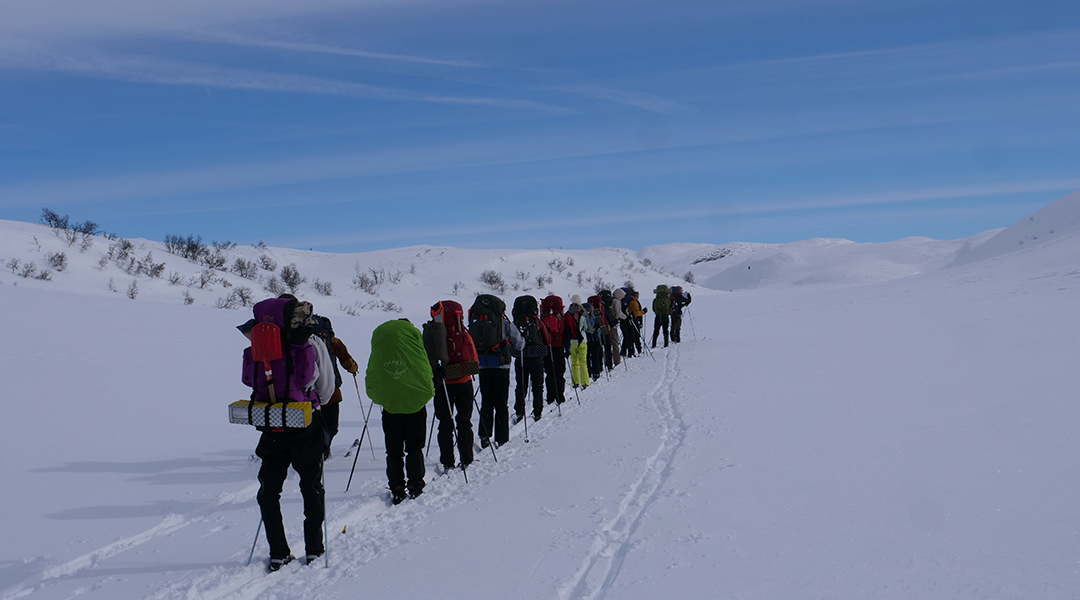
Living right at the tree line we will venture down in the valleys to find shelter among the forest trees, or up high in the mountains to enjoy the views, feel the wind in our hair and the sun on our faces.
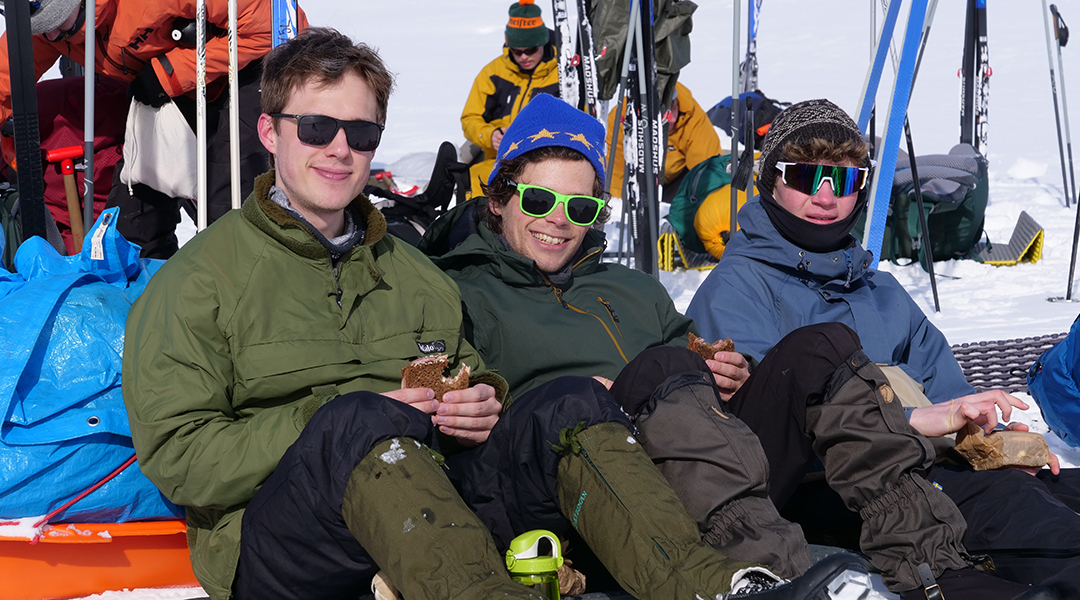
We will work within the conditions the weather provides us putting our outdoor skills to good use. Some nights we will spend sleeping outside in the forest under the twinkling stars – and we might even build our own snow caves to enjoy the silence and quiet intimacy that characterises spending the night in the snow with your friends.
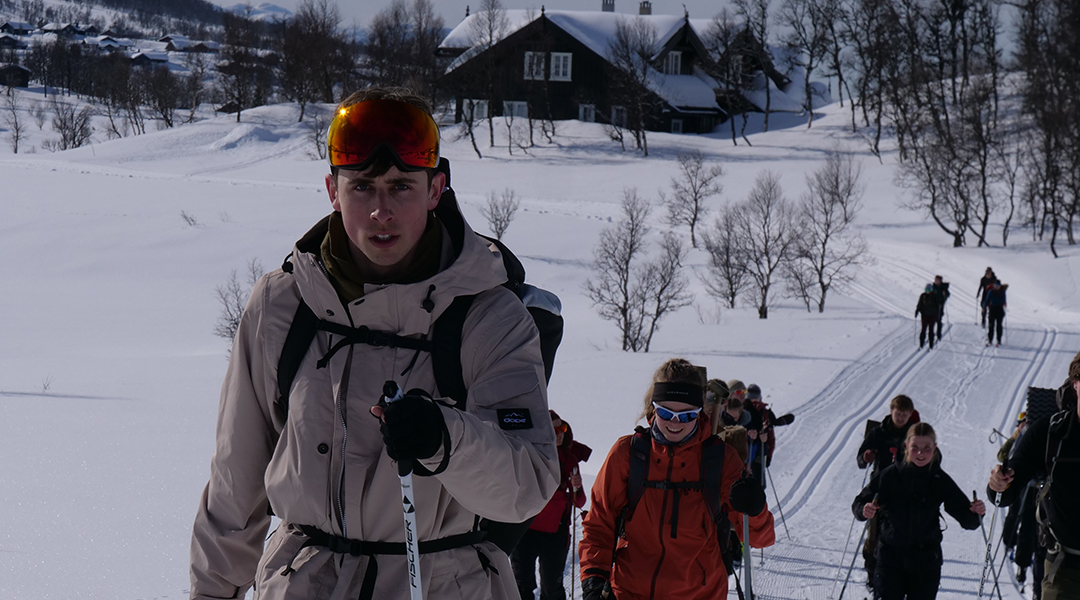
We might also go ice fishing on the lake or conquer one of the area’s highest mountain peaks – to enjoy the view but even more so to enjoy the descend skiing through untouched snow.
Norway winter lands is for everyone, regardless of skiing and outdoor experience.
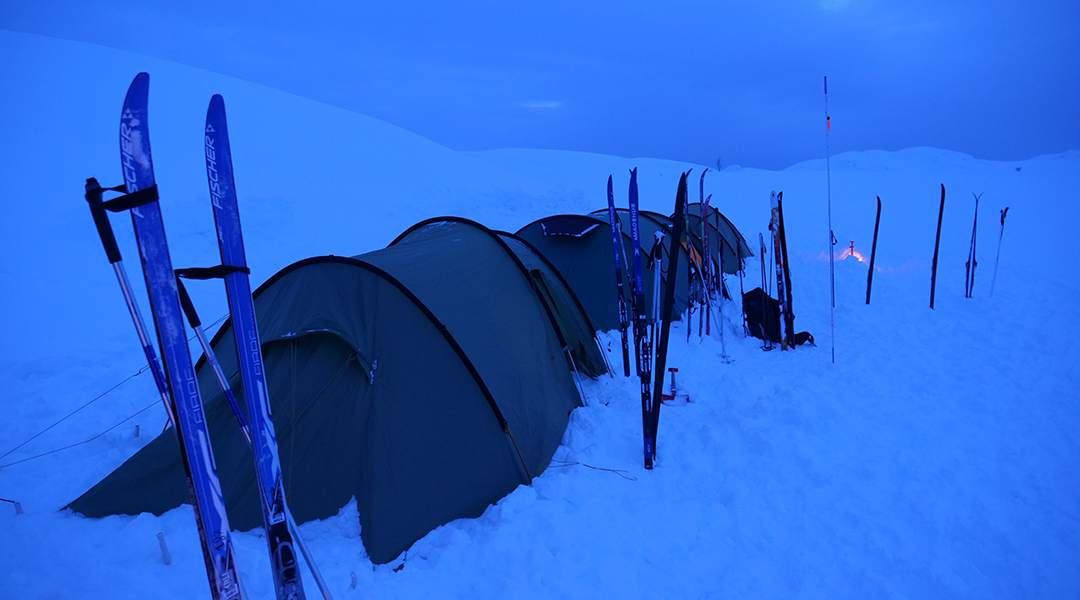
Application
Application
Facts
The Norway winter lands study trip is part of the spring semester 2025.
DATES
March 11 to 20, 2025
PRICE
DKK 7,000 / € 941 all incl.
The price does not include expected personal expenses for procuring basic outdoor equipment e.g. a sleeping bag, hiking shoes, outdoor clothes for all weather types and more. A list will be provided for you upon arrival.
Travel costs on study trips abroad may increase
Silkeborg Højskole study trips are planned well ahead. However, in the current global economic climate price setting has proven difficult. Due to the uncertainty surrounding rising transport costs, some international study tours may suffer a price increase. We aim to adapt the total costs of the study tours to the changing circumstances and any price increase will be announced well in advance of departure.
What to pack for Norway Winterlands
- PASSPORT!
- Blue health insurance card (EU residents)
- Waterproof and windproof outerwear
- Wool underwear (preferably two sets)
- Warm mid-layer (thick wool socks, scarf, etc.)
- Thick wool sweater and/or down jacket
- (Workout clothes for cross-country skiing trips)
- At least two pairs of windproof mittens/gloves
- Windproof hat (non-windproof hat can be combined with a jacket hood)
- Ski gaiters (if you have them)
- Sunglasses or ski goggles
- Sleeping mat suitable for sleeping on snow. (Use two good regular mats if necessary, e.g., a foam mat combined with an inflatable one. If interested in the mat’s R-value, it should be over 4)
- Winter sleeping bag or two good regular sleeping bags (preferably two 3-season ones) + possibly a liner
- Large backpack for overnight trips, about 65-85+ liters
- Daypack, about 20-40 liters
- Knife and/or multi-tool
- Plate, cutlery, cup
- Thermos
- Water bottle (preferably with a wide opening, as water will otherwise freeze quickly)
- Compass (if you have one or can borrow from a friend)
- Toiletries, personal medication, pads/tampons, hand sanitizer, toilet paper, matches
- Sunscreen, sun stick, lip balm (without water, as it will otherwise freeze on the skin)
- Foot bags (borrow from the school if you don’t have them)
- Headlamp/flashlight + extra batteries/charger
- Bed linen (at least a sheet and pillowcase), towel
- Indoor shoes/slippers and/or footwear for walking out of the sauna and down to the lake
- Logbook + pencil + possibly playing cards or similar
- Camera, mobile phone, mobile charger
- Payment card or cash for personal purchases
- Snacks outside of meals and in-between meals
- A set of regular clothes + shoes for travel days
Folk high school songbook (and instrument if you can/will play for group singing)
The list is long, and the equipment can quickly become expensive, but you don’t need to own everything. DIY, borrow from friends and family, buy used, and upgrade what you have instead of replacing.
Spend some time before the semester starts hunting for the equipment you need. Here are a few tips:
- Thrift stores
- Dba.dk and Facebook Marketplace
- The Facebook group Friluftsloppen – Trash to Treasure
- Military surplus stores

Camilla Gry Elmann
Teacher
